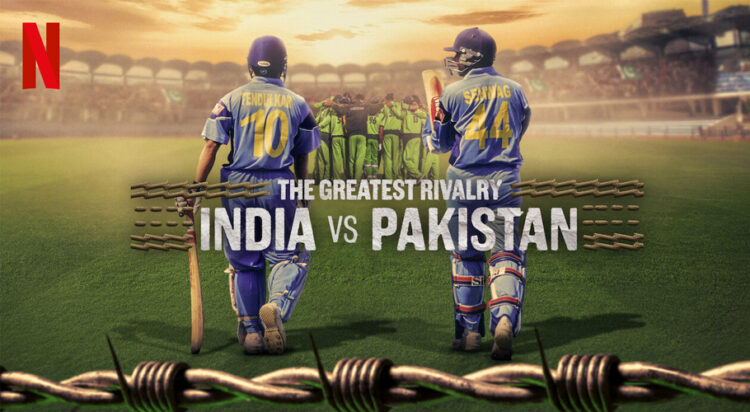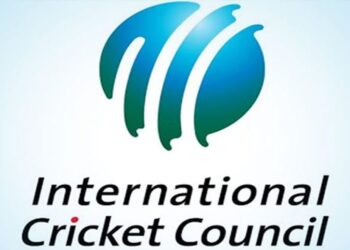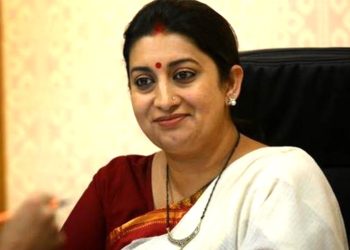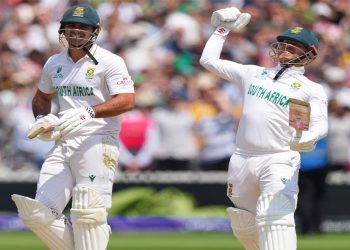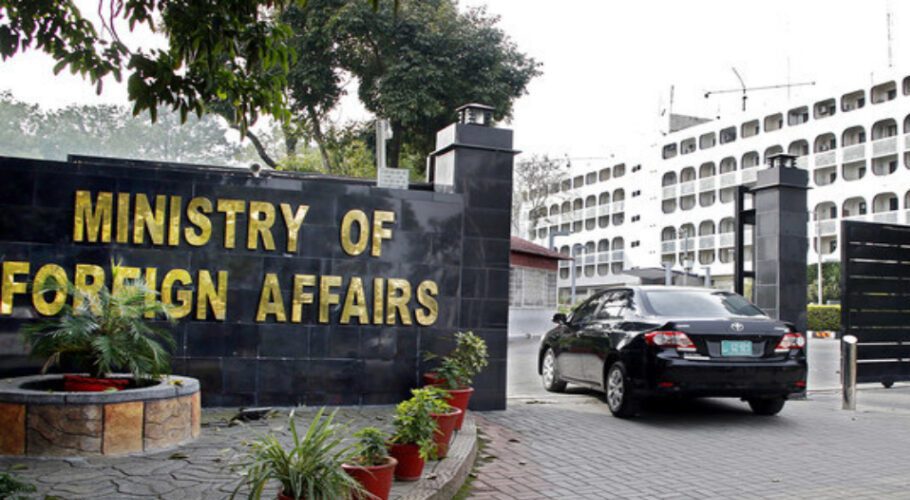Indian media is describing Netflix’s documentary The Greatest Rivalry: India vs Pakistan as undeniably disappointing, both as a sports drama and as a work of non-fiction storytelling.
According to a reprot by Indian Express, what could have been a deep dive into the shared culture and geopolitical tensions of the two nations is instead delivered as a bland recap of events, interspersed with awkward reenactments and a glaring lack of insider access. It’s akin to narrating the 2002 FIFA World Cup without mentioning Ronaldo or discussing Wimbledon 2003 without Roger Federer. That’s the sensation “The Greatest Rivalry” evokes.
View this post on Instagram
Occasionally, it feels like an ICC promotional video that might play on a loop in Pakistani hotel lobbies during the Champions Trophy. Virender Sehwag is perhaps the most prominently featured Indian player in this three-part series, which neglects notable figures like Rahul Dravid, VVS Laxman, and, most egregiously, Sachin Tendulkar.
It’s hard to pinpoint Sehwag’s standout moment in the show—whether it’s when he casually labels Inzamam-ul-Haq as “lazy” or the bizarre scene where he is carried on a palanquin by four men on a beach. We do hear quite a bit from Sourav Ganguly, who insists on speaking in Hindi—strange considering English was his primary language during his professional career.
After the usual suspects provide some brief context about the historical differences between India and Pakistan, the series shifts its focus to the 2004 bilateral series, which took place in the aftermath of the Kargil War. This tour aimed at cricket diplomacy, attempting to mend ties between the two nations after a particularly tumultuous period.
The Samjhauta Express was launched, and cross-border tourism was encouraged. In a way, India’s tour of Pakistan, comprising five ODIs and three Tests, was reminiscent of the legendary face-off between Boris Spassky and Bobby Fischer during the Cold War. However, because the narrative is limited to a few characters, Sehwag and Akhtar, the story becomes increasingly flat.
On the other hand, the Indian media admits that credit is due for introducing Inzamam at just the right moment in episode two. Just when the narrative becomes as dull as a night watchman’s innings, “The Greatest Rivalry” brings Inzamam into the fold, giving him an entrance scene as impactful as a Bollywood hero in an interesting film.







